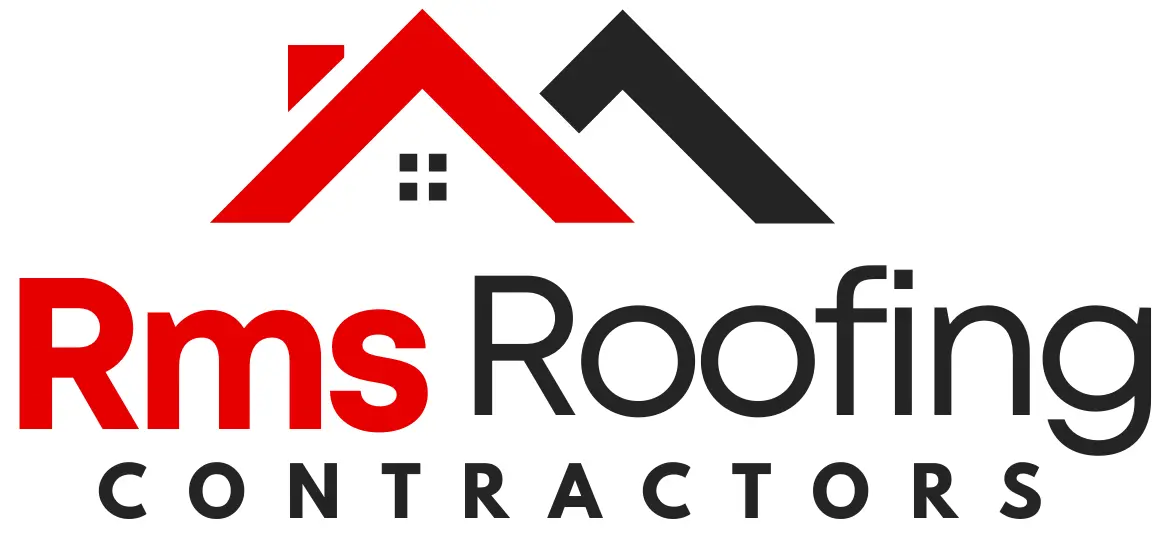A professional roofing installation is only complete after a thorough final inspection. This step ensures your new roof meets local building codes, adheres to industry standards, and delivers the protection your property needs. A comprehensive inspection is critical for identifying any issues that might compromise the longevity or functionality of your investment.
The Purpose of the Final Inspection
The final inspection is designed to confirm that every element of the roofing installation was executed properly. It verifies the structural integrity, alignment of materials, and compliance with safety protocols. This process is essential not only for the roof’s immediate functionality but also for maintaining its lifespan and warranty conditions.
Inspectors assess a variety of components, including shingles, flashing, and ventilation systems, to ensure they were installed per manufacturer guidelines. Skipping this vital step could lead to undetected issues, such as leaks or poor insulation, resulting in costly future repairs.
Key Elements Checked During the Roofing Installation Inspection
Structural Integrity
Inspectors focus heavily on the roof’s structural stability. They check for any uneven surfaces, dips, or weak spots that might compromise the roofing installation over time. Proper shingle alignment is verified to ensure both visual appeal and effective protection against weather elements.
Water Resistance and Drainage
Effective water management is critical for a successful roofing installation. Inspectors examine flashing around chimneys, skylights, and vents, ensuring these areas are sealed against water intrusion. Additionally, they check gutters and downspouts to confirm they are free of debris and allow proper water drainage.
Ventilation and Energy Efficiency
Ventilation plays a pivotal role in preserving the integrity of your roofing installation. Inspectors assess the placement and efficiency of ventilation systems, ensuring they prevent moisture buildup and support energy efficiency. This step helps avoid long-term issues like mold growth and insulation damage.
By the end of the inspection, homeowners can rest assured their roofing installation meets all necessary standards. This critical process safeguards the roof’s functionality and ensures long-term durability, making it a non-negotiable step in any roofing project.
Read More:

